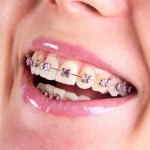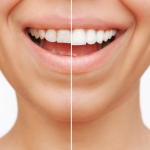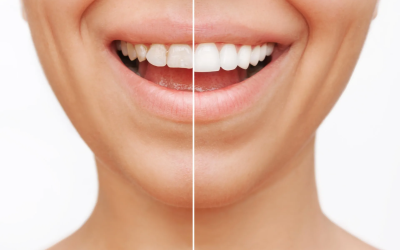When a person has to deal with the aggravation of a toothache, the only reason they want to see a dentist is to eliminate the incredible pain they are enduring. Unfortunately, many of these folks will studiously avoid the dentist at any other time. This is too bad since dentistry in Waikiki can provide a lot of services that might have changed their lives. For example, there are veneers, caps and crowns that can cover imperfections or protect the exterior of the teeth. There are techniques for replacing missing teeth and measures to rebuild damaged ones.
Of course, one problem that some people face is a deep dread of dental visits. This problem can be so difficult to deal with that some patients need special help. To this end, certain dentists have trained for the use of stronger anesthetics and what is sometimes known as sedation dentistry. The name comes from the sedated state that the patient will spend much of their visit in. Sedation dentistry typically uses the IV (Intravenous) method for delivery and control. However, it is typically only used when the patient has severe issues or when the procedure requires it.
Perhaps the easiest type of Dentistry in Waikiki are the cosmetic processes such as whitening or the application of veneers. Dental whitening is a process where the dentist will place a layer of peroxide paste or gel over the teeth. Once the peroxide is ready, a little water is introduced into the mouth. The water will mix with the peroxide. This converts the original peroxide into hydrogen peroxide which handles the cleaning. Whitening typically lasts several months and the full effect may take a week or longer to see.
Veneers are an excellent choice for a variety of dental concerns. The application of veneers can cover stains, chips, cracks, crooked teeth and other problems. However, veneers aren’t actually a repair. This is because the veneer only covers the front or visible portion of the teeth.
If there are teeth missing, then perhaps an implant can fix the situation. An implant can be used to replace missing teeth or as an anchor for another dental prosthetic. For example, a bridge with three or more teeth may require an implant to help secure it properly.






